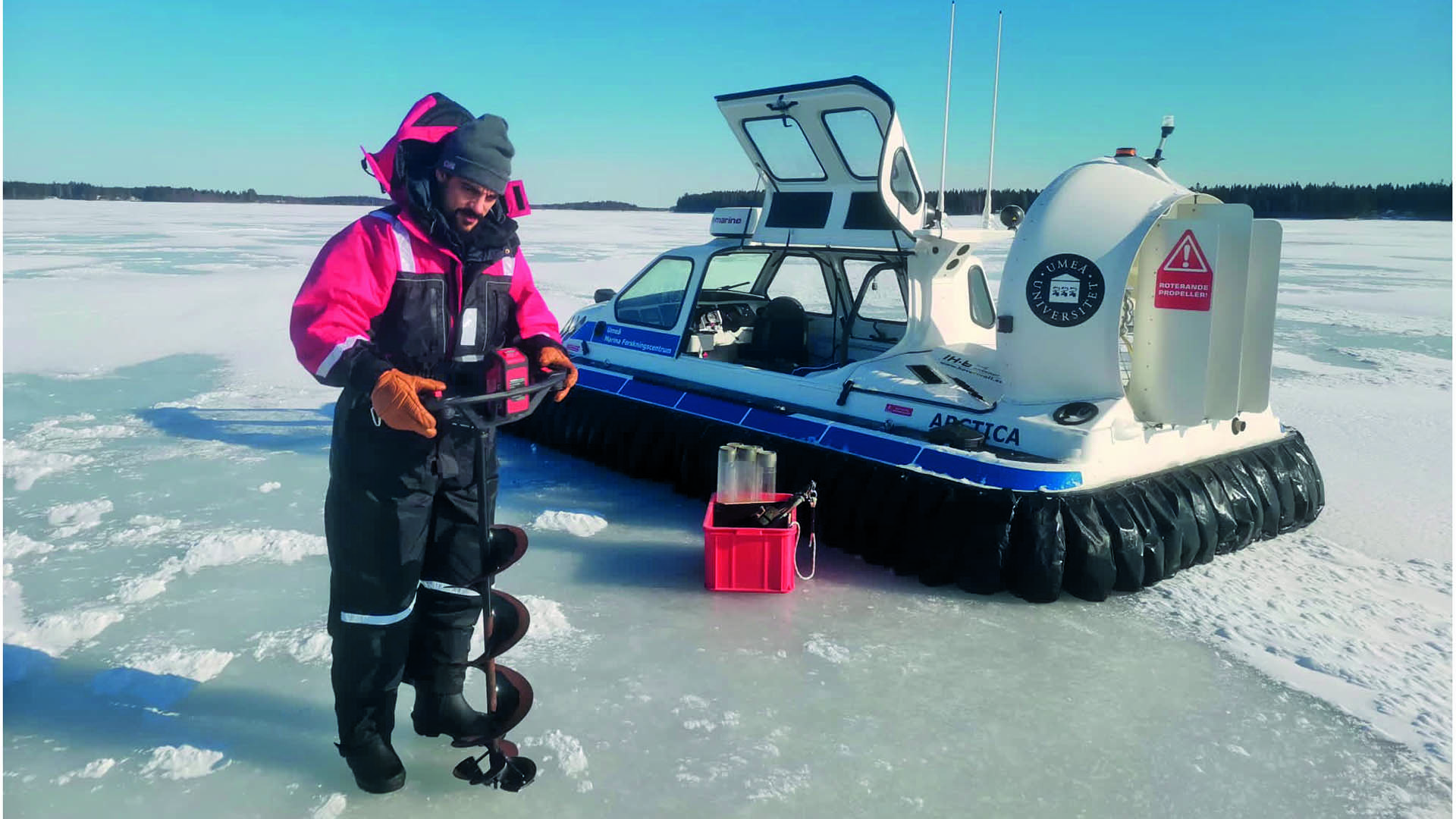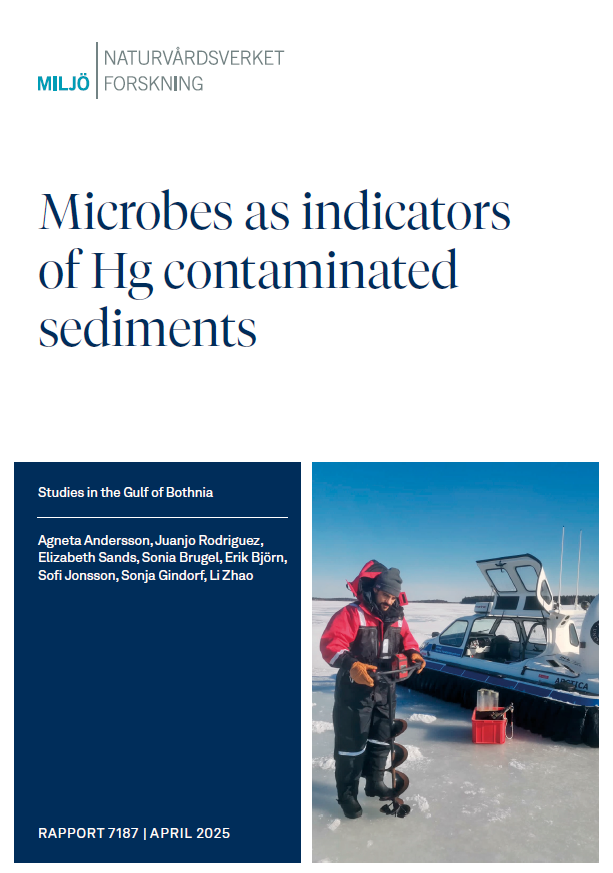Microbes as indicators of Hg contaminated sediments

About this report
This report presents results from a project investigating the use of microbes as indicators of mercury (Hg) pollution in sediments. Microbes respond rapidly to environmental change, making them excellent bioindicators. However, to ensure reliable results, it is essential to analyze microbial communities soon after sampling to prevent degradation or loss of activity.
To address this, a portable molecular sequencing laboratory, OmiBox, was developed, enabling near in situ analysis of microbial taxonomic composition and gene expression. Additionally, microbial community composition was studied in Hg-contaminated fiber banks in the Gulf of Bothnia. The results revealed that certain taxonomic groups, such as bacteria from the phyla Campylobacterota and Desulfobacterota, were enriched in fiber-rich, Hg-polluted sediments.
The study also included tolerance experiments comparing bacteria from clean and contaminated sediments in response to Hg addition. Bacteria from polluted sites exhibited significantly greater tolerance, suggesting evolved resistance and retained microbial functionality. Nonetheless, Hg-contaminated sediments pose ecological risks, as methylmercury (MeHg) can bioaccumulate and magnify through the food web.
This project contributes a framework for understanding how bacterial community structure and function respond to Hg pollution in sediments, offering valuable tools for environmental monitoring and assessment.
